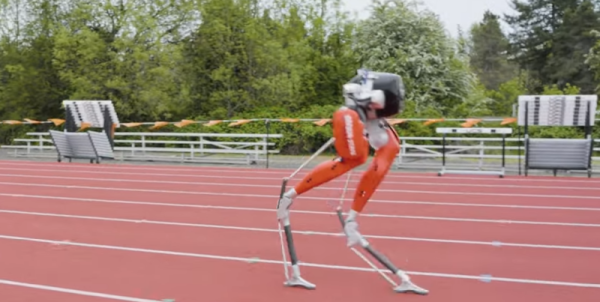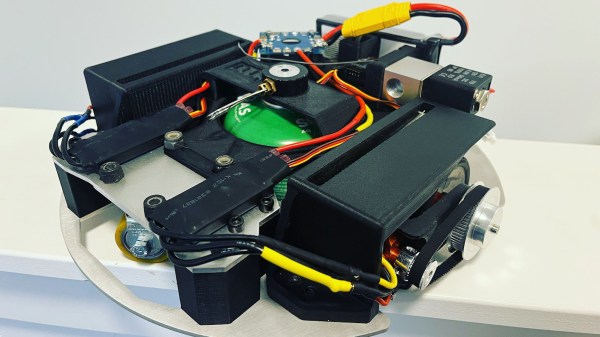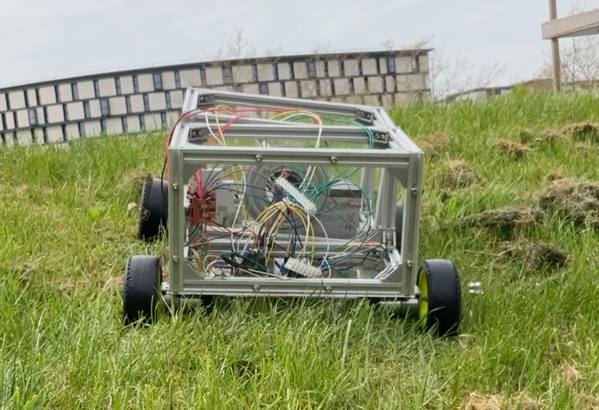[_Pegor] wanted to create a shot pouring machine for their friends birthday. Unfortunately, the build wasn’t done in time, but at least the JagerMachine is finished now so that others can use it.
The JagerMachine has a peristaltic pump that moves liquid from a reservoir hidden in the back of the machine to the glass in front. The machine has a 3.5 inch DSI touch screen display for user input and a WS2812B LED ring for creating a small light show when the drinks are served. A 3.3 V to 5 V level shifter is used to power the LED ring and a motor driver module is used to drive the peristaltic pump motor. It looks like there’s a “shot glass detection” feature that uses a 3D printed mini platform with a notch for a magnet so that when a glass is placed on top of it, the hall sensor can detect the presence of the nearby magnet.
Part of the charm of this project is the software stack on the Raspberry Pi that allows for novel interaction, including being able to serve drinks from the receipt of emails. Using the Raspberry Pi as the controlling device allows for this rich set of interfacing options, including easily allowing the ability to drive the LEDs, detect the presence of the shot glass, along with establishing network connectivity. The setup procedures are all documented in the repository for anyone wanting to see how this type of functionality might transfer to their own project.
Drink mixing robots are, of course, a thing. ranging from small and cute to full shelf.

















